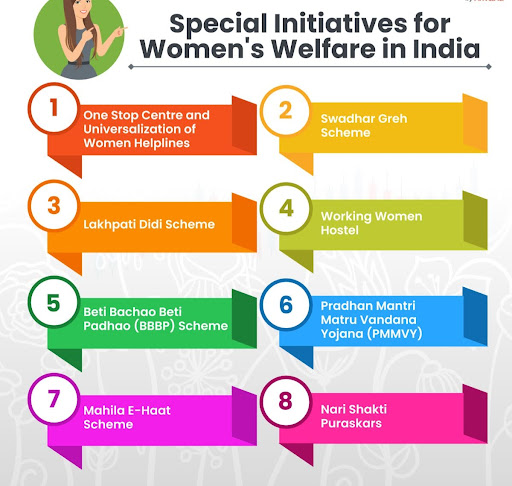Why in News: States such as Bihar, Karnataka, and Madhya Pradesh have launched women-centric Direct Benefit Transfer (DBT) schemes like Mukhyamantri Mahila Rojgar Yojana and Ladli Behna Yojana. These aim to promote women’s economic independence through cash support, raising the question: do cash transfers truly build women’s agency?
Introduction
- India’s JAM trinity (Jan Dhan–Aadhaar–Mobile) has enabled large-scale, transparent welfare delivery.
- With nearly 90% of Indian women holding bank accounts, financial inclusion is unprecedented.
- However, inclusion without control risks creating beneficiaries, not decision-makers.

Achievements of Gendered Cash Transfers
- DBTs give women direct access to income, enhancing intra-household decision-making and social visibility.
- Schemes signal formal economic recognition of women, aligning with global best practices in inclusive finance.
- India now exceeds the global average in female account ownership (89% vs 77%), a milestone in welfare delivery.
Barriers to Translating Access into Agency
- 20% of women’s Jan Dhan accounts lie dormant due to low balances and limited banking proximity.
- Persistent digital divide — women are 19% less likely to own phones, restricting UPI and digital banking use.
- Financial illiteracy and patriarchal norms cause reliance on male relatives for transactions.
- Lack of asset ownership (land, property, enterprise) prevents women from leveraging credit or scaling ventures.
Policy Measures for True Empowerment
- Link cash transfers with property rights and joint land titles to build tangible control over assets.
- Provide subsidised smartphones and digital literacy training for independent banking access.
- Encourage female banking correspondents and community digital sakhis to build confidence networks.
- Tailor financial products to women’s irregular income patterns and caregiving roles.
Conclusion
Cash transfers are a foundation, not a finish line. Genuine empowerment arises when women can control, grow, and sustain financial resources — transforming welfare delivery into economic agency and autonomy.
UPSC Relevance:
GS Paper 2: Welfare schemes for vulnerable sections and issues arising out of their design and implementation.
GS Paper 3: Inclusive growth and financial inclusion.
Mains Practice Question:
Q. Do cash transfer-based welfare schemes truly empower women, or do they merely reinforce dependence? Examine with suitable measures to strengthen women’s financial agency. (250 words)
